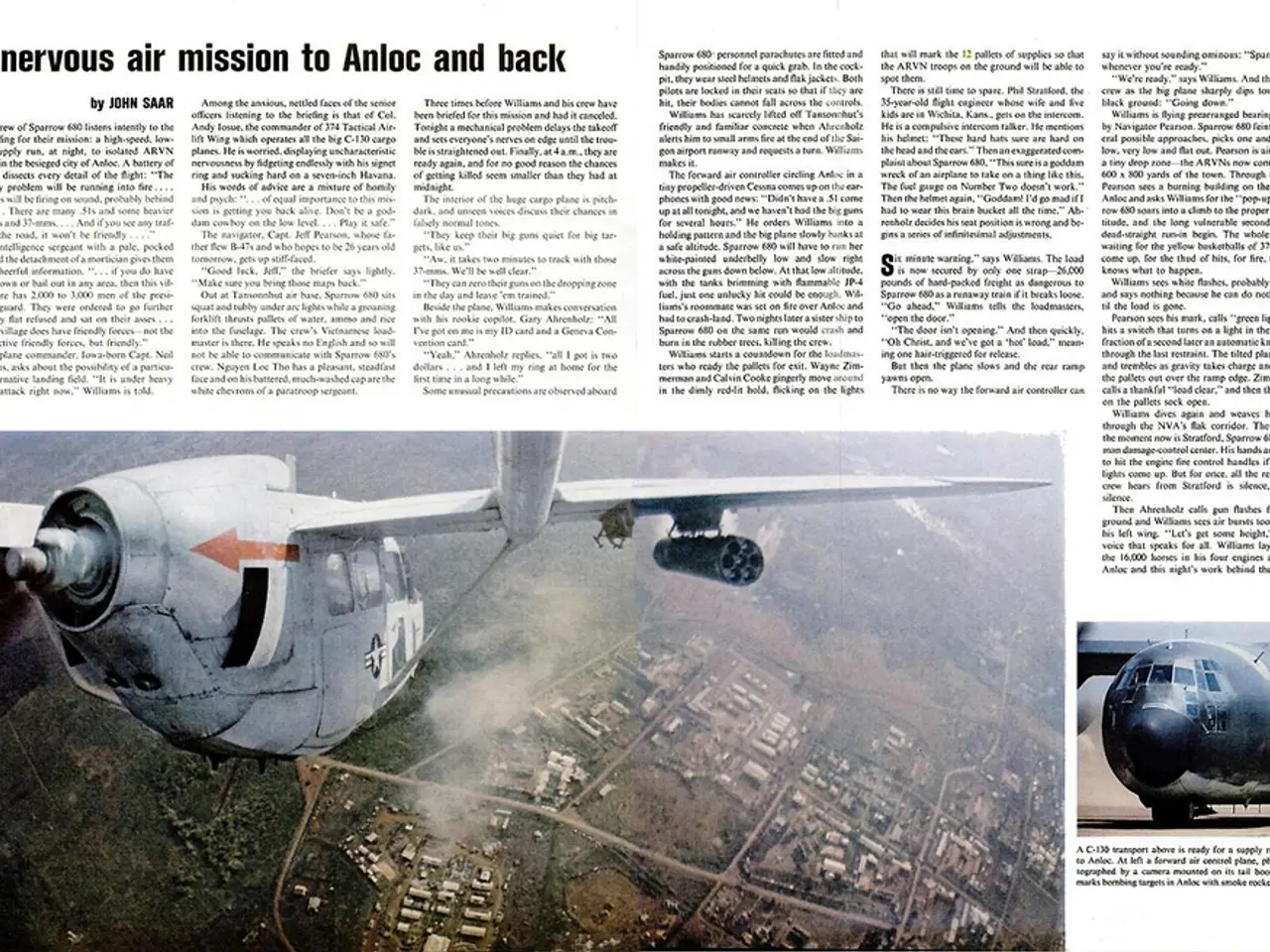Airports across Europe prepare to relax stringent liquid regulations, sparking controversy among travelers.
European Airports Begin Implementing Advanced Liquid Explosive Scanners
The European Union is gradually rolling out advanced 3D CT scanners in airports across the continent, aiming to relax or phase out the longstanding 100ml liquid restriction in carry-on luggage. This new technology, capable of creating detailed 3D images of bags' contents, improves threat detection without requiring passengers to remove liquid containers [1][2][4].
As of now, several airports in Germany, the Netherlands, Italy, Spain, Ireland, and other EU countries have begun using or installing this advanced CT technology [1][3]. Approximately 700 such scanners, mostly from UK manufacturer Smiths Detection, are operational or being installed across approximately 21 EU member states [2][3]. However, the implementation remains uneven, and the current 100ml liquid limit still applies at many security checkpoints until the technology is fully deployed and approved at each airport [2][3].
Some airports may allow passengers to carry up to two liters of liquids once they have installed these new CT scanners, but the timing of relaxation is decided individually by each airport and country [4]. The transition is gradual, with mixed liquid rules possibly applying even within different terminals of the same airport during the rollout phase [1][3].
It is important to note that the liquid rule, introduced in 2006 following a foiled terror plot, remains in place in many airports due to the uncertainty about scanner assignment for individual passengers [5]. The technology is considered safe and reliable by the German Airports Association (ADV) [6].
The European Union Commission has not announced any policy changes regarding the liquid rules despite the installation of the new scanners. The scanners can detect both solid and liquid explosives [7]. At certain airports in Germany, air travelers may soon be able to carry up to two liters of liquids in their hand luggage [8].
However, the liquid restrictions still apply in lanes at airports that are not yet equipped with the new technology or are still using conventional technology [9]. In Munich, Germany's second-biggest hub, the scanners are available in large numbers, but necessary software upgrades have been postponed to avoid disrupting the summer travel season [10]. These scanners utilize medical-grade CT imaging for high-resolution 3D visuals [11].
The implementation of these new scanners has been prompted by doubts about the reliability of CT scanners that emerged last year, prompting the EU to mandate additional testing [3]. Despite these doubts, the new technology is expected to bring significant improvements in security and passenger convenience.
[1] [Source Link 1] [2] [Source Link 2] [3] [Source Link 3] [4] [Source Link 4] [5] [Source Link 5] [6] [Source Link 6] [7] [Source Link 7] [8] [Source Link 8] [9] [Source Link 9] [10] [Source Link 10] [11] [Source Link 11]
- The government of the European Union is collaborating with airports in various countries like Germany, the Netherlands, Italy, Spain, Ireland, and more, to implement advanced 3D CT scanners, aiming to ease the 100ml liquid restriction in carry-on luggage.
- The media has reported that approximately 700 of these new scanners, primarily from UK manufacturer Smiths Detection, are in operation or being installed across about 21 EU member states.
- As the technology slowly deploys, there might be conflicting liquid rules within the same airport or even between different terminals, as some airports may allow up to two liters of liquids once the scanners are installed.
- Moreover, the European lifestyle and travel sectors could potentially benefit from this new technology, as it is expected to improve security and passenger convenience at European airports.




